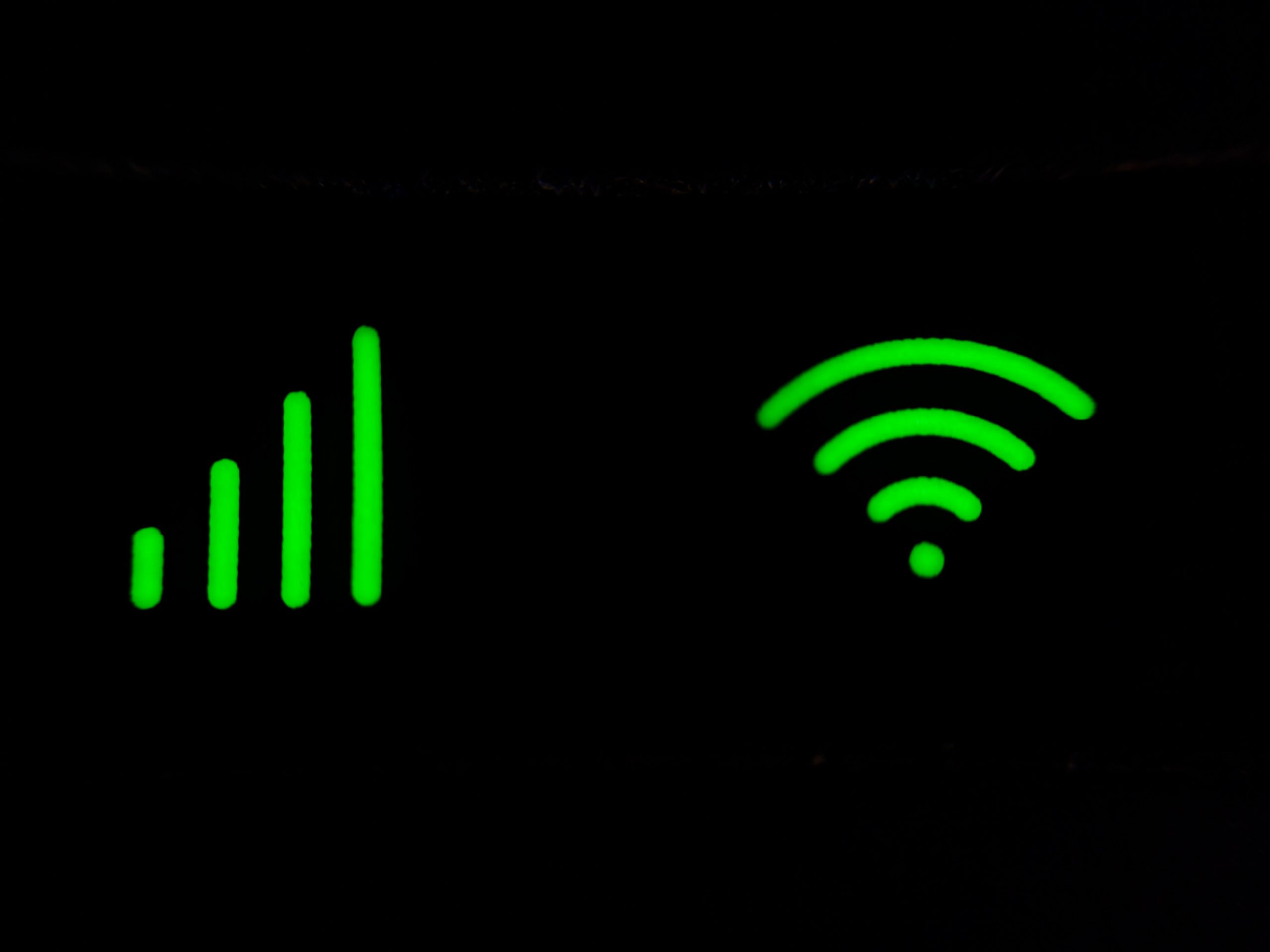Since many industries are now going digital, it isn’t a surprise that healthcare operations are slowly shifting to the digital platform. Although going digital can be beneficial and practical, there are still many things you need to consider so that operations move smoothly for every sector in healthcare. And to ensure this, a mission-critical resource that healthcare facilities have is an optimized wireless network.
Thanks to WiFi networks, medical professionals and patients can get real-time updates and insights to help identify risks, improve care coordination, and assess situations much easier. Besides that, other healthcare industry advancements, such as telemedicine, rely heavily on a stable WiFi connection. So if healthcare professionals experience faulty internet, it may affect healthcare operations, increasing the risk of problems.
To help keep WiFi networks running smoothly in healthcare facilities, we’ve compiled some tips to optimize your network connection. If you’re ready, let’s get to it!
1. Have regular network tests
When you want to optimize your network, the key here is to be as proactive as possible, and one of the tasks you should do regularly is to run scheduled network tests.
Whether you’re in the healthcare industry or not, running regular network tests is imperative to avoid any network degradation that may lead to loss of critical data and affect life-saving technology. Besides that, running standard tests will improve healthcare operations because speed and connectivity wouldn’t be a problem.
Thankfully, there are some network testing tools and analytic platforms that you can use even for remote testing. This makes it much efficient for your IT team to assess your network without being on site.
2. Upgrade all the devices your facility uses
Most healthcare facilities rely heavily on devices, and for this reason, you should make sure that all tools are up-to-date with the right software compatible with your network connection.
You know the type of upgrades and digital infrastructure changes you may need. You can use historical analytics to compare your network’s health and its demands over time to help you make a decision.
3. Asses network traffic
You should know that not all network users are created the same. For instance, there will be healthcare tools and devices that contribute directly to a patient’s health, and for this reason, it must get top priority for network usage.
You can give all top devices priority by configuring your router’s Quality of Service Rules so you can ensure that users with essential applications and services get to use the most bandwidth.
4. Make sure your network has 100% visibility
The whole network ecosystem is vast and always changing; connected devices, network infrastructure, and radio frequencies will continually change. But if any of these sectors in the network degrades, it may affect the whole system.
Have 100% network visibility to know what’s going on in every sector in the network ecosystem. This way, you’ll be able to prevent and identify problems and create solutions for smoother operations.
Fortunately, assessments can be done quickly through WiFi assurance platforms. This software can identify connected devices and recognize questionable network behavior, alerting your IT team right away.
Conclusion
In the next few years, more digital advancements will be incorporated into the operations of the healthcare industry. As early as now, you should be taking the necessary actions to improve the quality of your digital workplace by optimizing your WiFi network. This will enhance your operations and help your healthcare facility be ready for the next digital innovation that your industry will benefit from.
If you want to get more news, updates, and be on top of the healthcare industry trends, check out Dose of Healthcare. We are an online medical blog that focuses on giving you reliable information and articles about the healthcare industry today. Stay updated on healthcare news by checking out our blog!


















